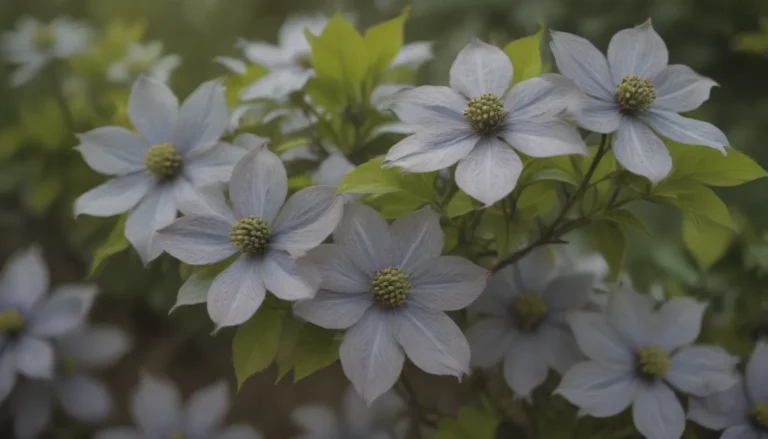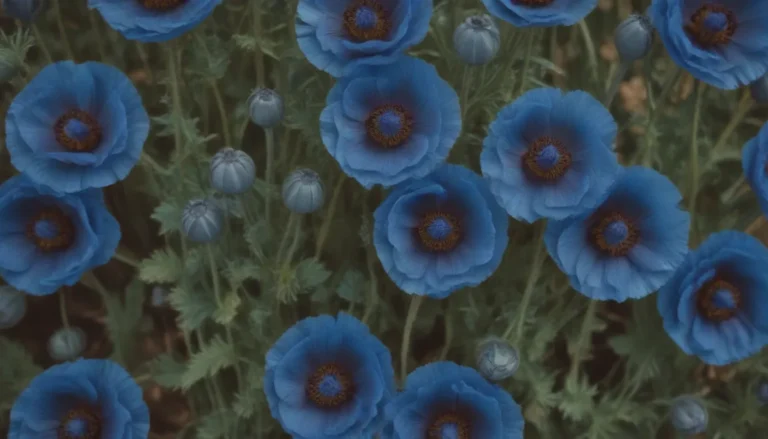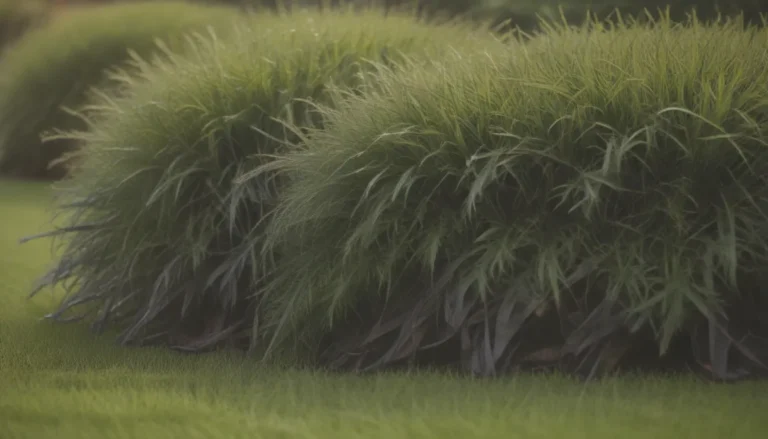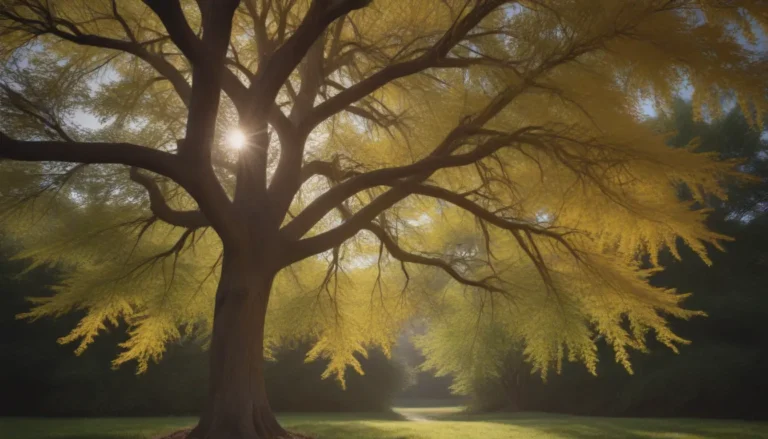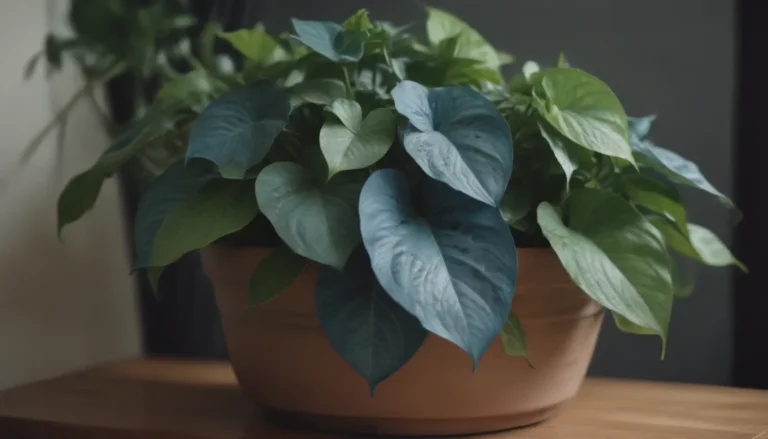How to Grow and Care for Mayapple: A Comprehensive Guide

Mayapple is a fascinating perennial wildflower that can transform any native woodland area into a beautiful haven. While it may not be as commonly found in cultivated gardens, growing and caring for mayapple can be a rewarding experience for any gardening enthusiast. In this comprehensive guide, we will explore everything you need to know about this unique plant, from its identification to propagation and care tips.
Getting to Know Mayapple
Mayapple (Podophyllum peltatum) is a perennial plant native to eastern North America, particularly thriving in moist and dry woodland areas. One of the standout features of mayapple is its distinctive umbrella-like leaves and white flowers that bloom in early spring. The plant typically grows to a height of 12 to 18 inches and forms large colonies through rhizomes, creating a carpet of greenery that is hard to miss.
Identifying Mayapple
- Each plant has a single stem with one or two large, heavily divided umbrella-like leaves
- Plants with two leaves may produce a large white flower with six to eight petals in early spring
- The flowers give way to a single greenish fruit that turns golden when ripe
Fun Fact
The flower is called mayapple because the bloom’s appearance is reminiscent of apple blossoms. In the North, the flower appears in May, with the fruit ripening sometime in summer.
Mayapple Care: Tips for Successful Growth
Growing and caring for mayapple requires attention to its specific needs to ensure it thrives in your garden or woodland area. Here are some essential tips to keep in mind:
Selecting the Right Location
- Mayapple thrives in well-drained soil and prefers moist loam enriched with compost
- Plant in an area with enough space for the plants to establish a small colony
- Ensure the location receives adequate shade, especially in the southern end of its range
Watering and Soil Requirements
- Mayapple prefers relatively moist soil but has good tolerance for dry conditions in shady locations
- It thrives in well-drained, humusy soil that tends toward the acidic side of the pH scale
- Adding organic material to the soil helps retain moisture and provides necessary nutrients
Propagation Methods
- Mayapple can be propagated through root division or planting seeds collected from the fruit
- Root division is the more common and preferred method for propagation
- Seeds can take four to five years to grow to maturity, so root division is a quicker way to expand your mayapple colony
Common Pests and Diseases
While mayapple is a resilient plant, it can be susceptible to certain pests and diseases. Here are some common issues to watch out for:
Mayapple Rust
- Mayapple can develop a specific disease in the spring called mayapple rust
- Symptoms include yellow or light green spots on the leaves and rust-colored spores on the underside
- While the disease is usually not fatal, it can cause leaves to pucker and drop
Fun Facts and Folklore
Mayapple is not just a beautiful addition to your garden; it also has a rich history and folklore surrounding it. Here are some interesting facts about mayapple:
- American mandrake (mayapple) is toxic to humans and animals, similar to European mandrake
- European mandrake is unique for its underground root structures that resemble miniature human bodies
- Mayapple grows approximately 4 to 6 inches per year and has a lifespan of around 10 years
As you delve into the world of mayapple gardening, remember to appreciate the beauty and resilience of this unique plant. With the right care and attention, mayapple can thrive in your garden, adding a touch of woodland charm to your outdoor space. Whether you’re a seasoned gardener or just starting, growing mayapple can be a rewarding journey filled with beauty and wonder. So go ahead, plant some mayapple seeds or divide your plants, and watch as your garden blooms with this enchanting wildflower. Happy gardening!
